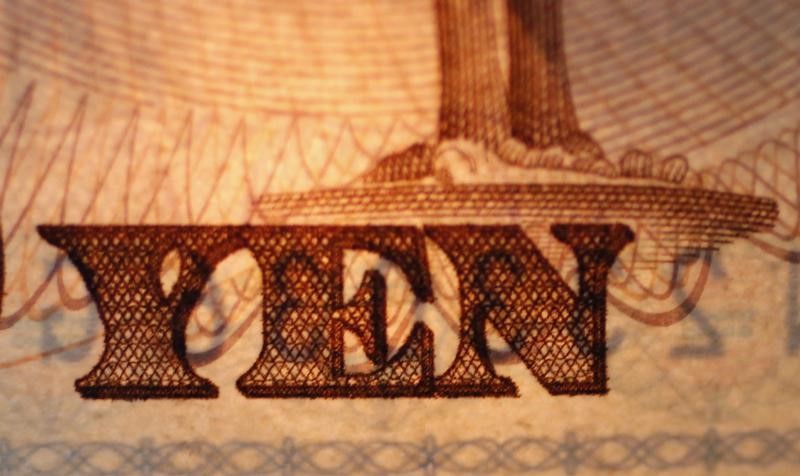Asia FX muted as dollar steadies; yen tumbles as BOJ downplays rate hikes
Most Asian currencies drifted lower on Wednesday as the dollar regained more ground from recent declines, while the yen fell sharply after Bank of Japan officials downplayed expectations of interest rate hikes.
Sentiment towards regional markets remained fragile, especially after concerns over a U.S. recession triggered a rout across risk-driven assets this week.
The dollar index and dollar index futures rose 0.3% each in Asian trade, benefiting in part from weakness in the yen and amid some bets that U.S. economic growth will not deteriorate as drastically as markets are fearing. Japanese yen slides as BOJ downplays rate hike bets
The Japanese yen was by far the worst performer in Asia, with the USDJPY pair surging nearly 2% to around 147 yen. The pair moved back towards the 150 yen level after sinking as low as 141 yen last week, as the yen was aided by a mix of safe haven demand and hawkish signals from the BOJ.
But the yen unwound a bulk of its recent gains after BOJ Deputy Governor Shinichi Uchida said the bank will not hike interest rates when markets were unstable.
His comments came amid wild swings in Japanese stock markets over the past two days, with the yen also logging volatile moves. They also undermined the BOJ’s earlier messaging that interest rates will rise potentially unfettered this year.
Still, the yen remained well above 38-year lows hit this year, and is expected to see more support as the Japanese economy improves on higher wage growth. Australian dollar outperforms on hawkish RBA
The Australian dollar was the best performer in Asia, with the AUDUSD pair surging 0.7% in extended gains from the prior session.
Gains in the Aussie came after the Reserve Bank of Australia kept rates steady on Tuesday, but struck a hawkish chord, citing concerns over sticky inflation.
The RBA’s comments saw traders entirely price out expectations for rate cuts in 2024, and spurred bets that rates will remain high for longer.
ANZ analysts said the RBA will only begin trimming rates by February 2025, much later than most major central banks. But such a scenario benefits the Aussie. Chinese yuan weak after mixed trade data
The Chinese yuan slightly extended losses after mixed trade data, with the USDCNY pair rising 0.4%.
China’s trade balance shrank much more than expected in July, undercut by disappointing exports after the European Union imposed steep import tariffs on Chinese electric vehicles earlier in July.
But Chinese imports blew past expectations, fueling some bets on a recovery in local demand.
Focus is now on Chinese inflation data due later this week.
Broader Asian currencies mostly weakened as sentiment remained fragile. The South Korean won’s USDKRW pair rose 0.1%, while the Singapore dollar’s USDSGD pair rose 0.3%.
The Indian rupee’s USDINR pair hit a new record high of 84.048 rupees, despite continued measures from the Reserve Bank to support the currency.
Source: Investing.com
